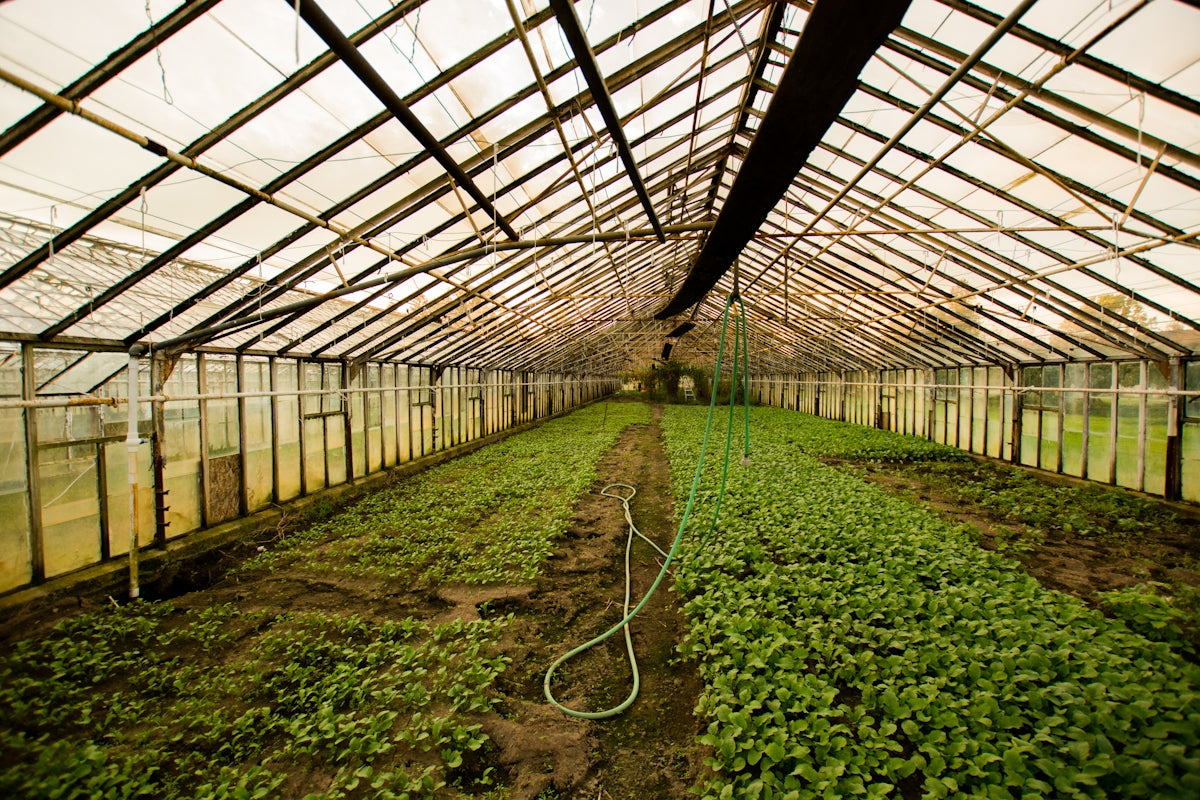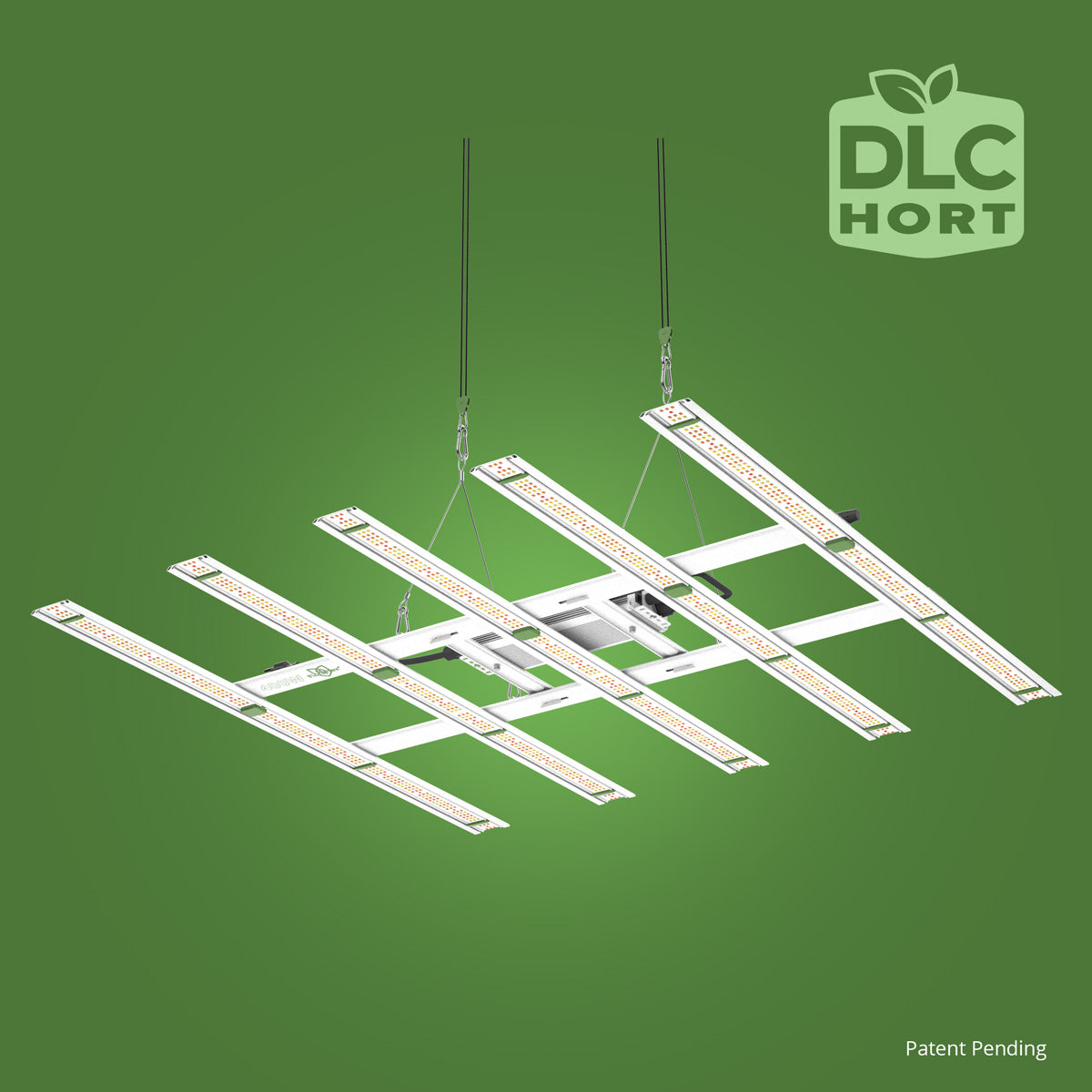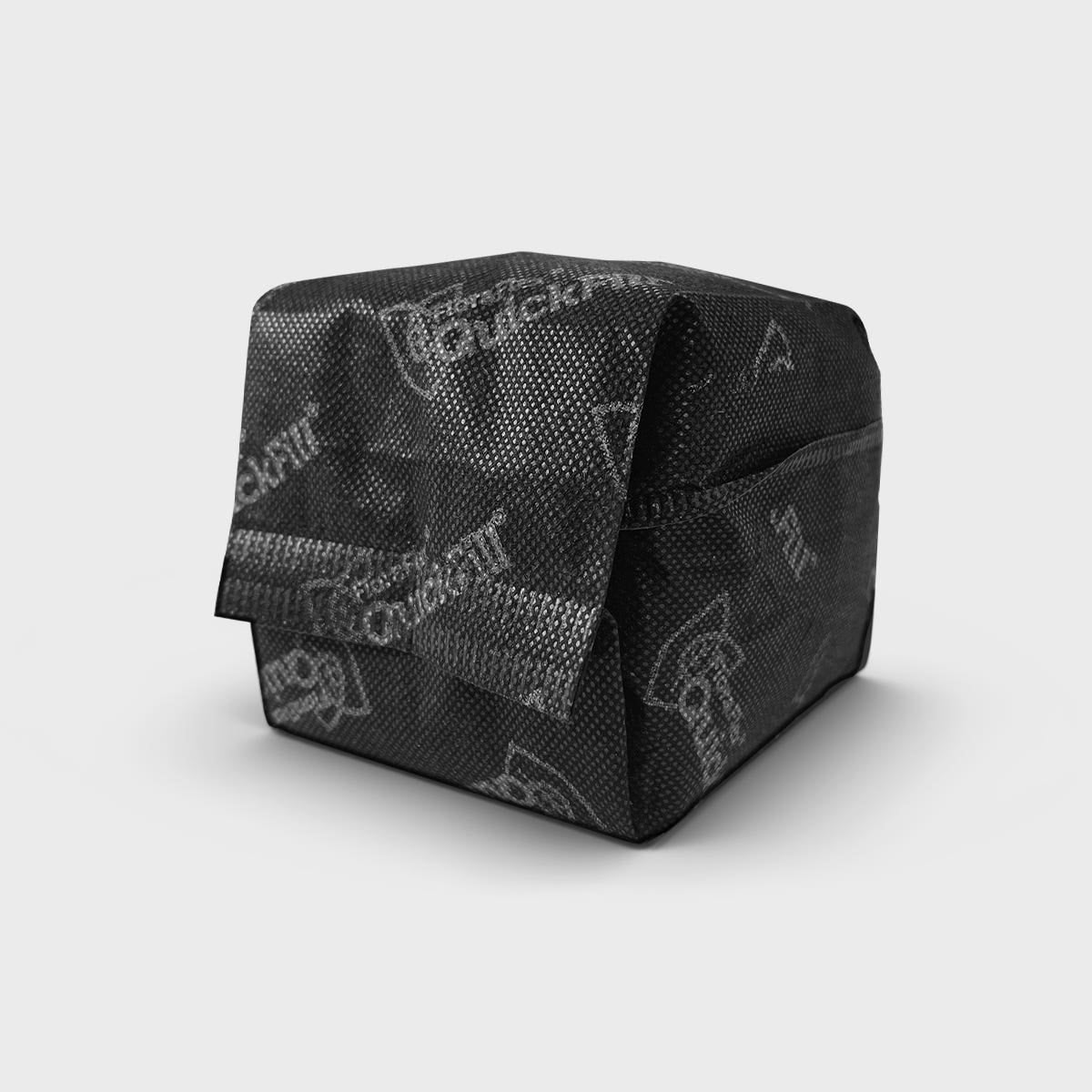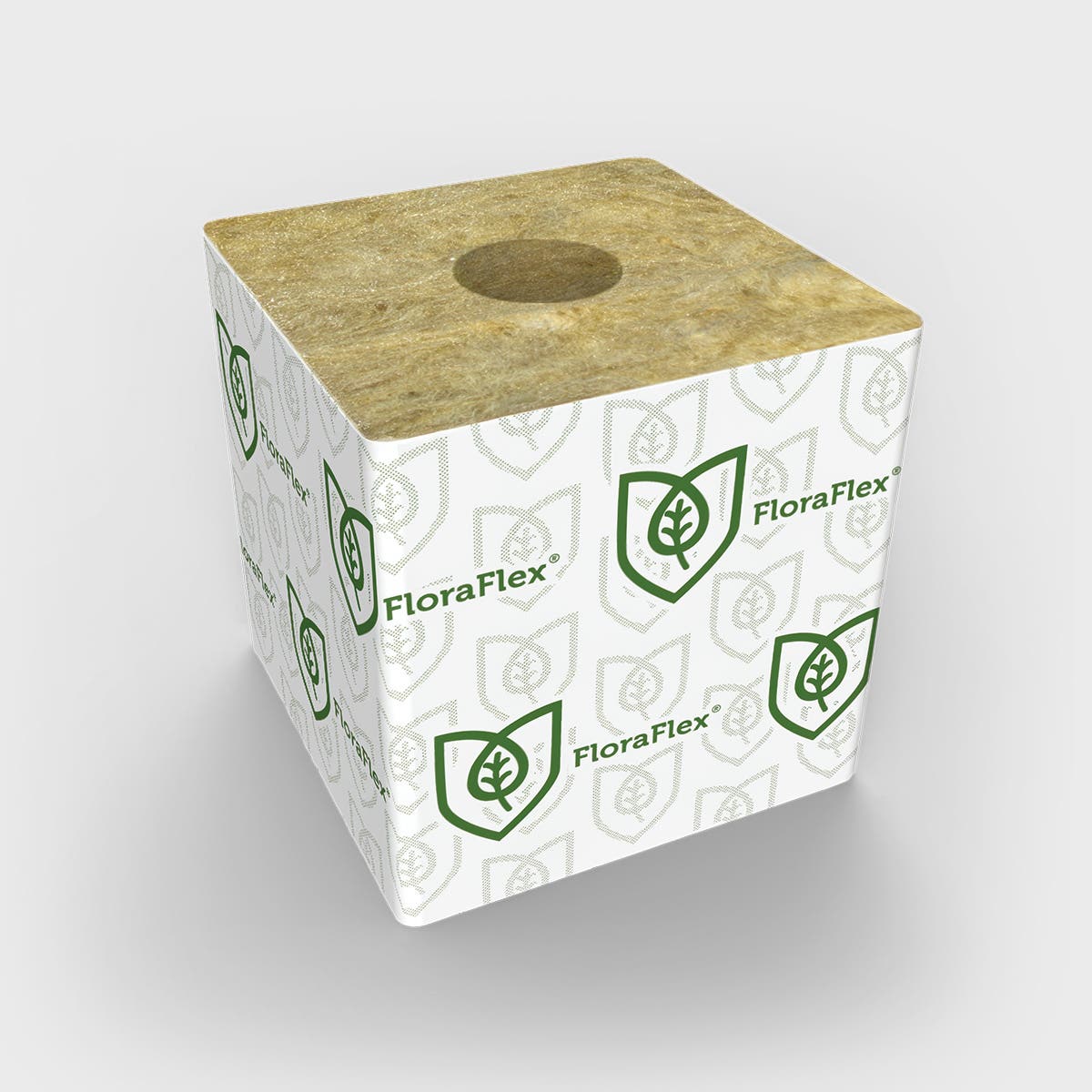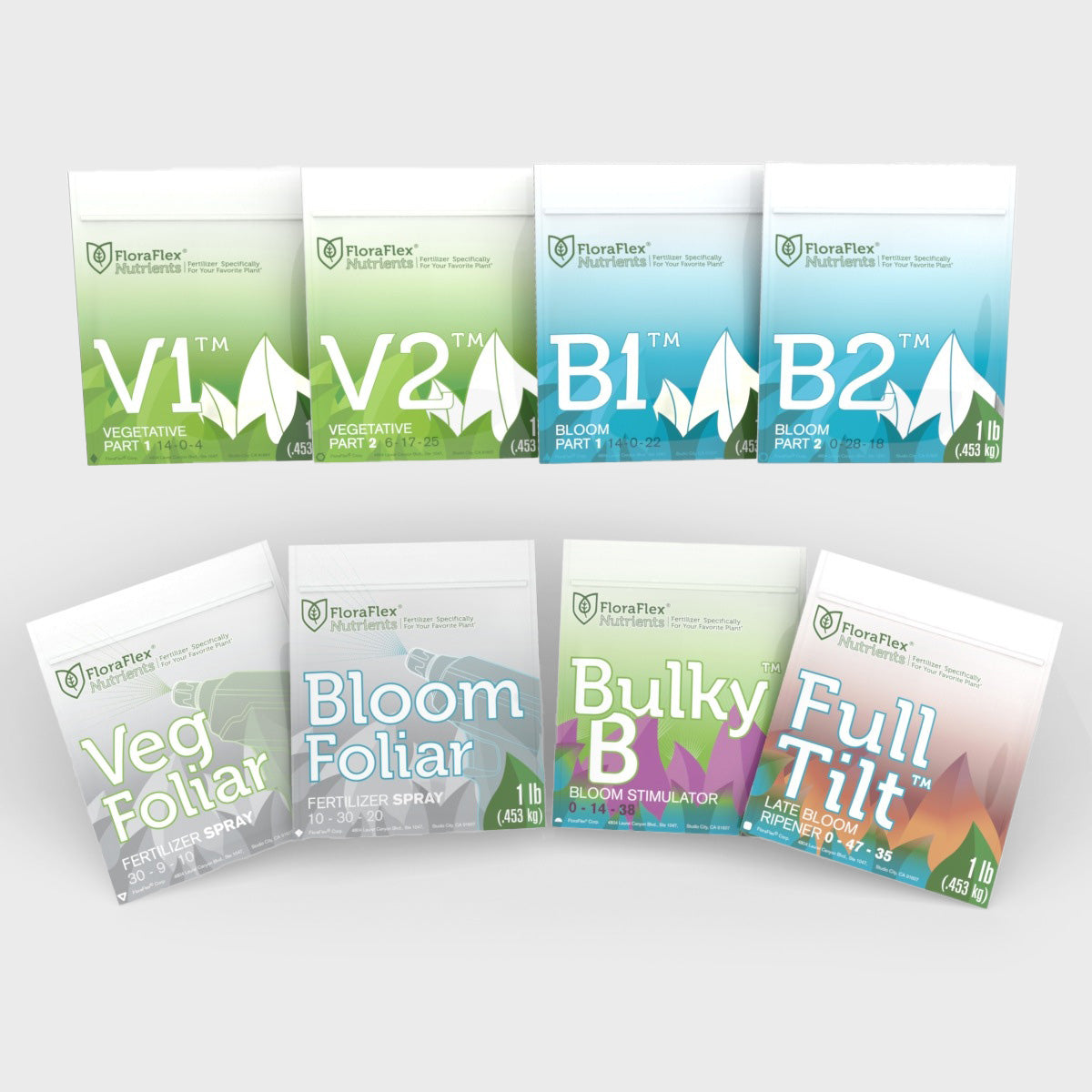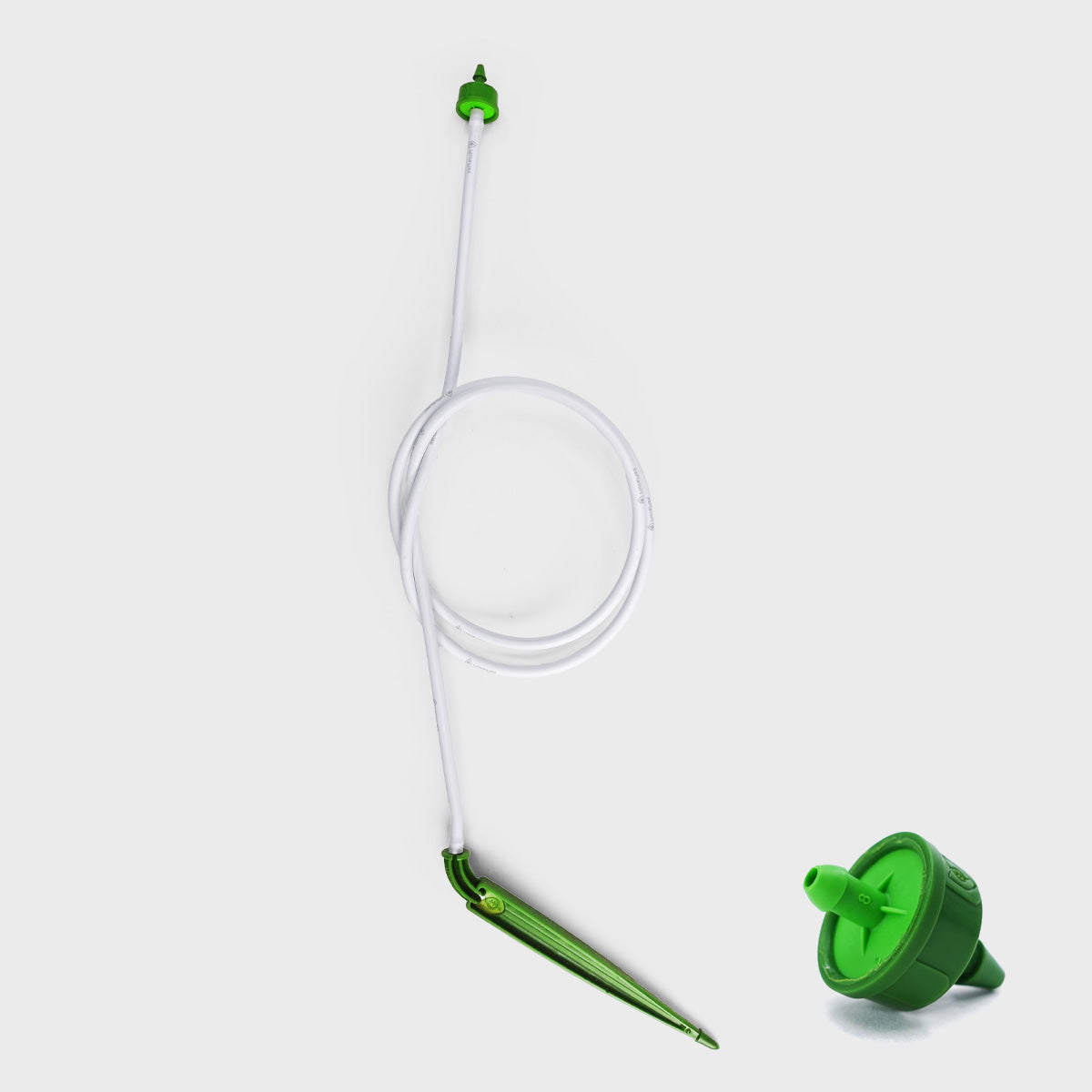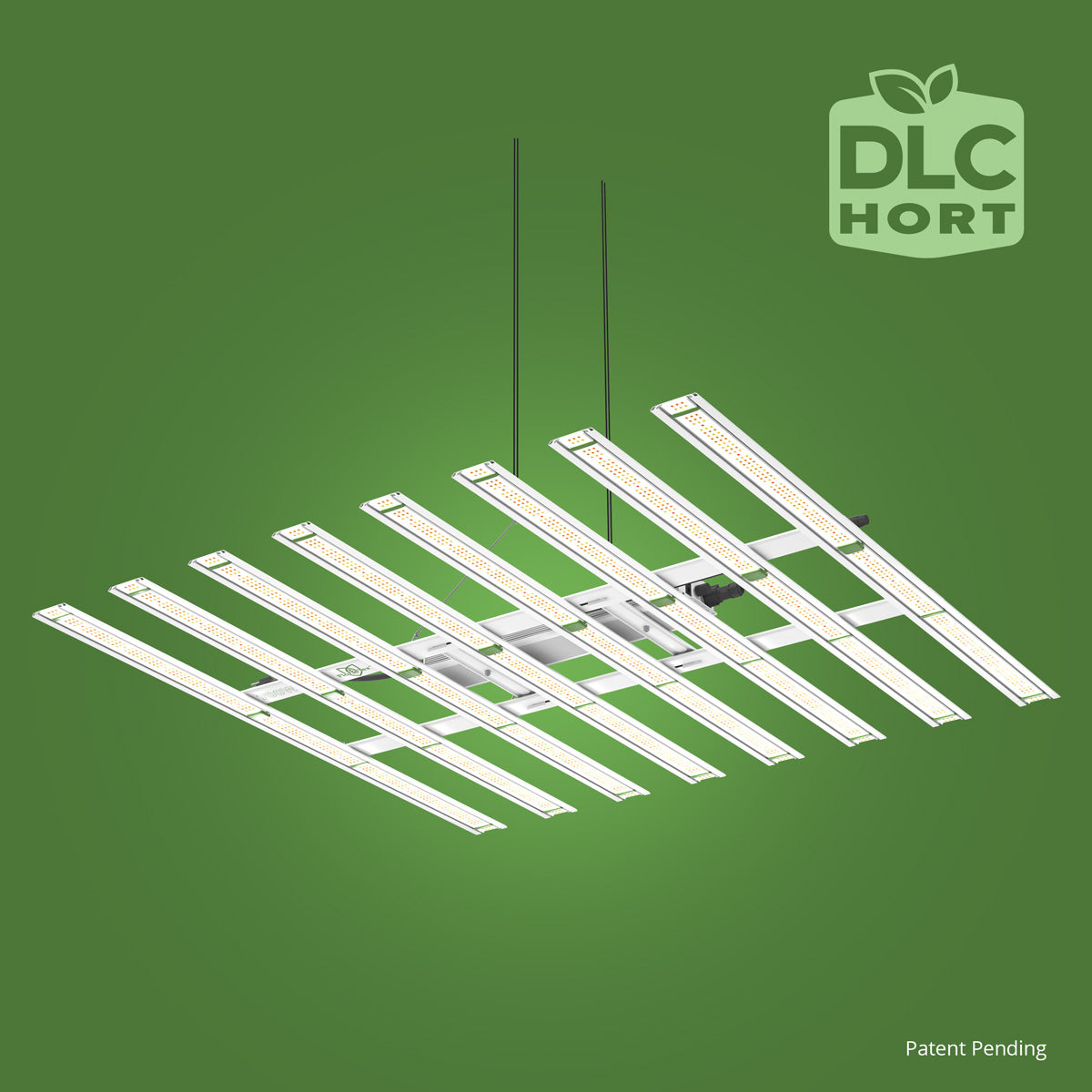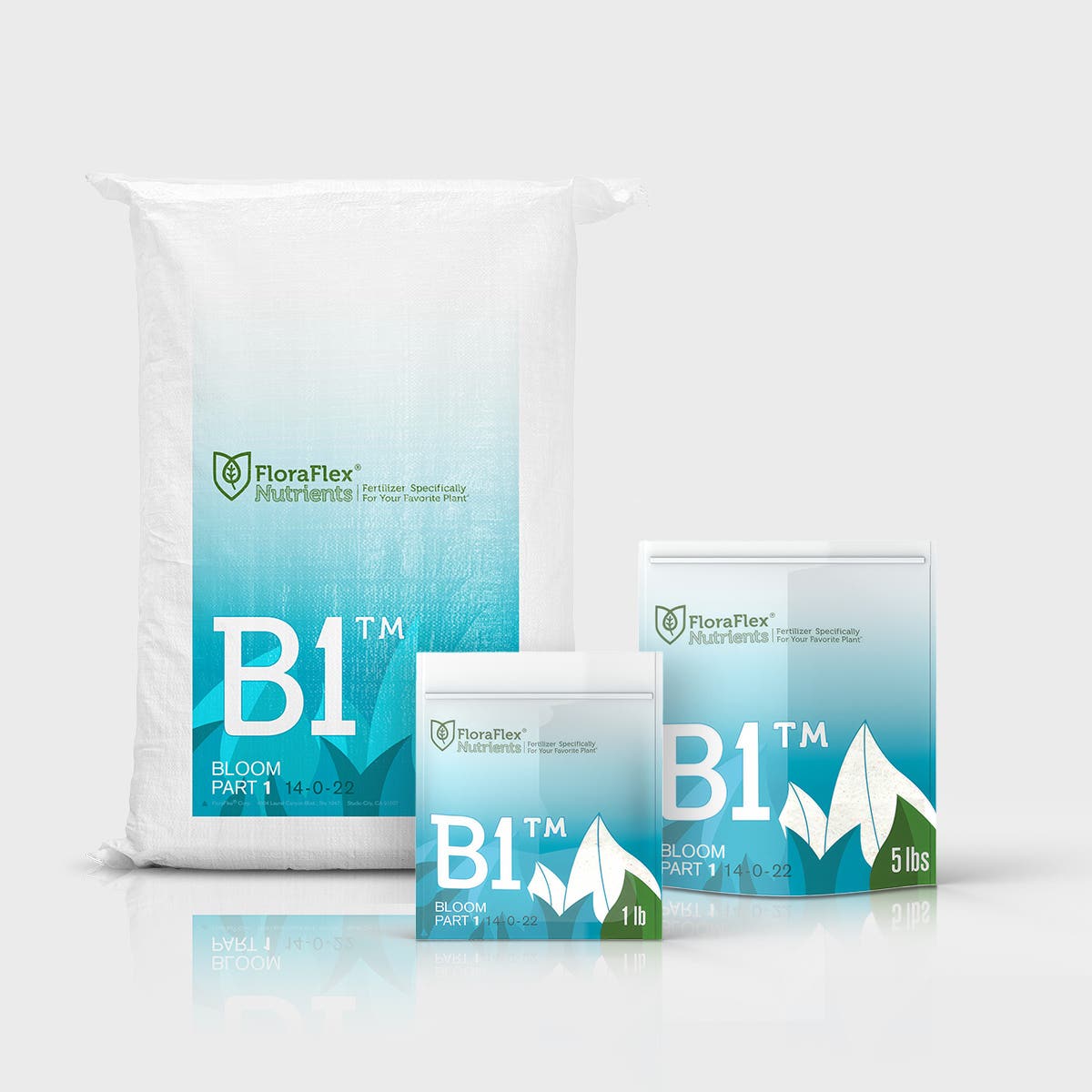In recent years, LED grow lights have become a popular choice for indoor gardening enthusiasts. They offer energy efficiency, durability, and are better for the environment compared to traditional lighting methods. However, for newcomers and even seasoned growers, questions often arise regarding their use and maintenance. Here, we answer some of the most frequently asked questions about LED grow lights to help optimize your indoor garden.
What are the Benefits of Using LED Grow Lights?
LED grow lights are highly energy-efficient, offering significant savings on electricity bills compared to conventional lighting systems. Additionally, they produce less heat, reducing the risk of burning plants and the need for extensive cooling systems. LEDs are also customizable; for instance, the Patent Pending 900W Full Spectrum LED Grow Light with Custom Diodes provides a full spectrum tailored to support different stages of plant growth.
How Long Do LED Grow Lights Last?
One of the significant advantages of LED grow lights is their longevity. On average, LED grow lights can last between 50,000 to 100,000 hours. This longevity means you won't have to replace them as frequently as other types of lighting, thus saving money and time in the long run.
How to Properly Install LED Grow Lights?
Proper installation of LED grow lights involves a few key steps. Ensure your lighting system is compatible with your power source. For instance, using a 120V LED Power Cord | 10FT can help in setting up the lights at a suitable distance from plants, minimizing the risk of damage while maximizing coverage.
How to Maintain LED Grow Lights?
Maintaining LED grow lights involves regular cleaning to remove dust and debris that can affect light output. Use a microfiber cloth or compressed air to clean the lights gently. It's also crucial to check connections and wiring periodically to ensure they are free from wear and damage, maintaining optimal performance.
What is the Best Schedule for Running LED Grow Lights?
The light schedule depends on the specific plants you are growing. Generally, most plants thrive on 12 to 18 hours of light per day. Timing devices can help automate this process to ensure consistency. For more tailored lighting solutions, consider the Patent Pending 400W Full Spectrum LED Grow Light with Custom Diodes which allows for specific adjustments depending on the plant's growth phase.
Are LED Grow Lights Safe for Everyday Use?
LED grow lights are designed to be safe and user-friendly. They emit less UV and IR radiation compared to other light sources, and due to their low heat emission, they pose a minimal risk of fire hazards. Always ensure your lights are installed correctly and are being used according to the manufacturer's instructions.
Conclusion
LED grow lights have revolutionized indoor gardening, offering a host of advantages from energy efficiency to customizable lighting spectrums. Understanding how to use and maintain them effectively can lead to healthier plants and more bountiful harvests. For more information and a range of high-quality LED grow lights, visit FloraFlex.
By answering these common questions, we hope to shed light on the advantages and best practices of using LED grow lights. Happy gardening!

